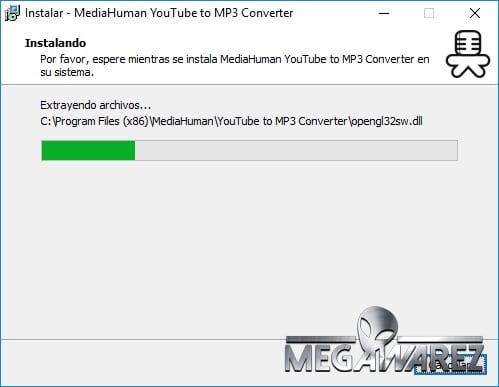
AAC is a lossy format, but nearly as lossy as mp3. Part of the reason AAC sounds better than mp3 is it has superior audio spectrum. But it was long ago discovered that the original thinking was flawed because it doesn't take into spacial characteristics (sound stage) and high frequency harmonic distortion, etc. For that reason mp3 filters everything above 20kHz. Granted, the human ear can't hear above 20kHz anyway, and that was the original rational used by the standards bodies when they came up with mp3 in 1993 in the first place. If you plot spectrum of the vast majority of iTunes Store purchases you'll find that the spectrum extends to a minimum of 21kHz, and many extend to 22kHz. The conversion with MH yields results which would lead one to believe it's actually using an mp3 codec instead of AAC, with the sharp 20kHz cutoff characteristic of mp3. True to form, XLD yields audio spectrum results that are as close to the original flac as one could hope for (btw, this is only possible if you compress to AAC - mp3 isn't capable of that). For comparison I use Spek, as well as the Plot Spectrum feature in Audacity. I was recently asked my opinion of MediaHuman Audio Converter for compressing flac to AAC/m4a. I've come to depend on it for yielding the best possible audio results.

More information on how to meet these requirements can be found below and in our Video Lessons & Resources, and many of the terms used here can be found in our Audio Terminology Glossary.I'm a long-time and regular user of XLD and have come to appreciate its features and versatility.


The ACX Quality Assurance team may reject titles that do not meet these standards, and their retail release may be delayed. Create top-quality audiobooks, and maximize your sales potential by providing the best overall listening experience.Īudiobooks uploaded to ACX must adhere to the following requirements.


 0 kommentar(er)
0 kommentar(er)
